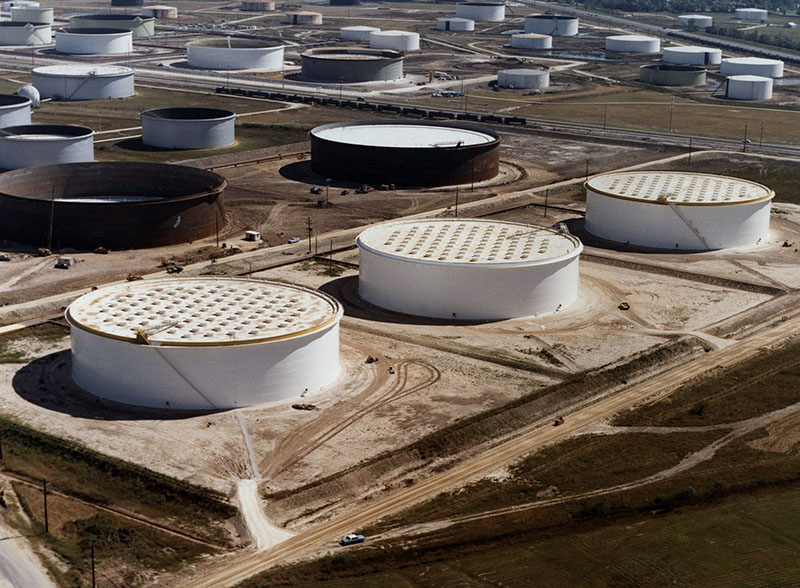No, Johnny Cash was not singing about the current trajectory of oil prices when he sang, “I went down, down, down and the flames went higher” in his 1963 hit song “Ring of Fire.” Crude oil prices declined for 12 consecutive trading sessions — the longest continuous price decline in history — before finally breaking the streak yesterday with a modest 56 cents a barrel increase. When you consider that fact, you realize ‘this time is different’ might actually be true.
During the slide, crude oil prices fell from $67.58 on Oct. 26, to $55.28 on Nov. 13, about 19%. If one goes back to early October, WTI sold for $76.40 bbl. From that high to Nov. 13, oil prices were down nearly 28%. In trading pits, any price drop of 20% or greater signals a bear market. For the trading uninitiated, a bear market means that significant damage has been done to the underlying forces that move the market. In this case, we are facing the prospect of too much oil in the market at the same time various energy forecasters are calling for a slowdown in oil consumption growth. The bottom line of a bear market is that oil prices need to trade either lower or sideways for a while before they can move higher on a sustained basis. The bottom line: Don’t count on $100 bbl. oil anytime soon.
What is the significance of this oil price turmoil? First, given the speed with which oil market dynamics have reversed, there is a serious question of whether it means the industry recovery has run out of steam. Second, we have to worry about the affect increased oil price volatility has on the psychology of oil company executives as they finalize their capital spending budgets for next year. Yes, oil prices remain above where they were 12 months ago, but they are below where they started on Jan. 1. Oil producers, even with barely higher oil prices and small increases in production, will have more money in 2019. But will they spend it? Maybe they will decide to just sit on the extra money, awaiting confirmation that oil prices aren’t heading back to $40 bbl. They can use the extra cash to pay down debt, or even reward shareholders with increased dividends or share buybacks. Don’t rule out the possibility the extra cash might fund another wave of industry consolidation, something that seemed to pick up steam a couple of weeks ago.
In the near term, little good can come from the current oil price turmoil. The Gulf of Mexico recovery, as pedestrian as it has been, is unlikely to accelerate. It doesn’t mean it will slow, however. Producers will rework their cost assumptions one more time to make sure they will work in a lower oil price environment.
Oil companies will focus on protecting against downside risk, rather than stretching to seize upside potential. In hindsight that strategy may prove to be a mistake, but executives aren’t rewarded for leading charges toward cliffs.





